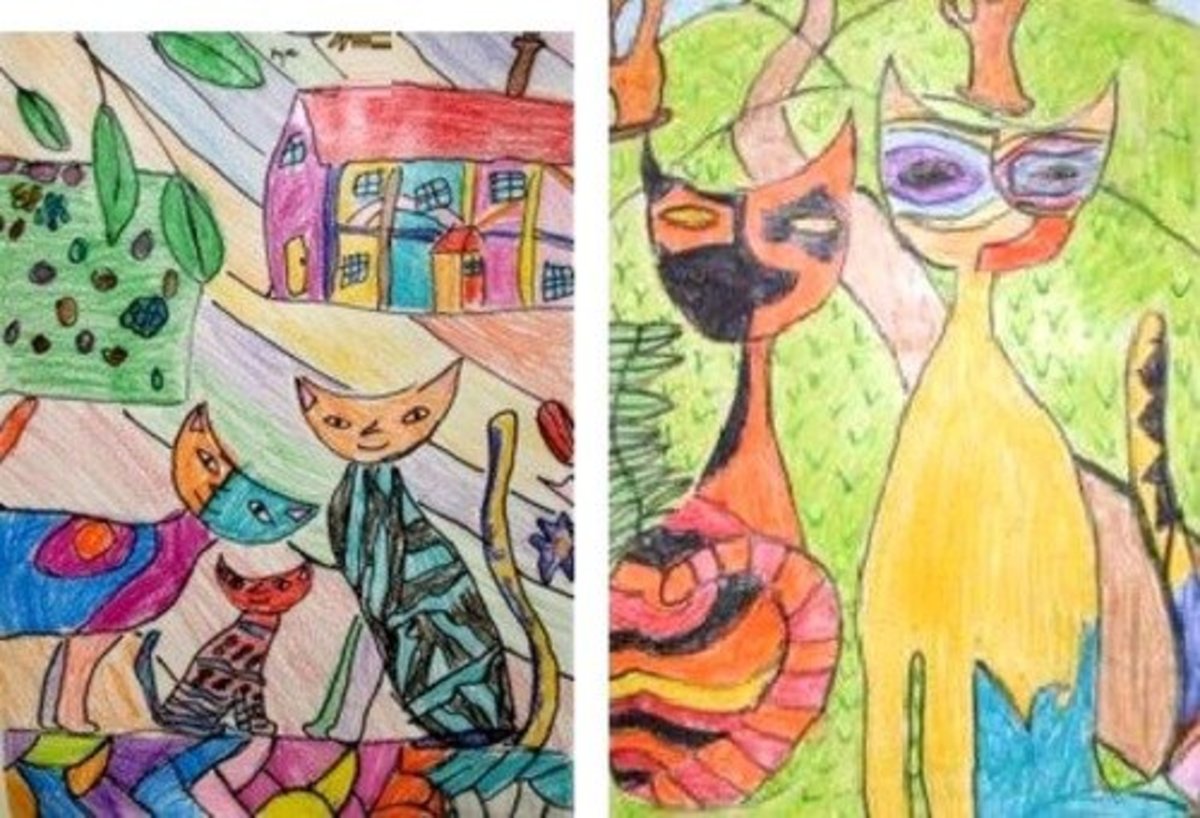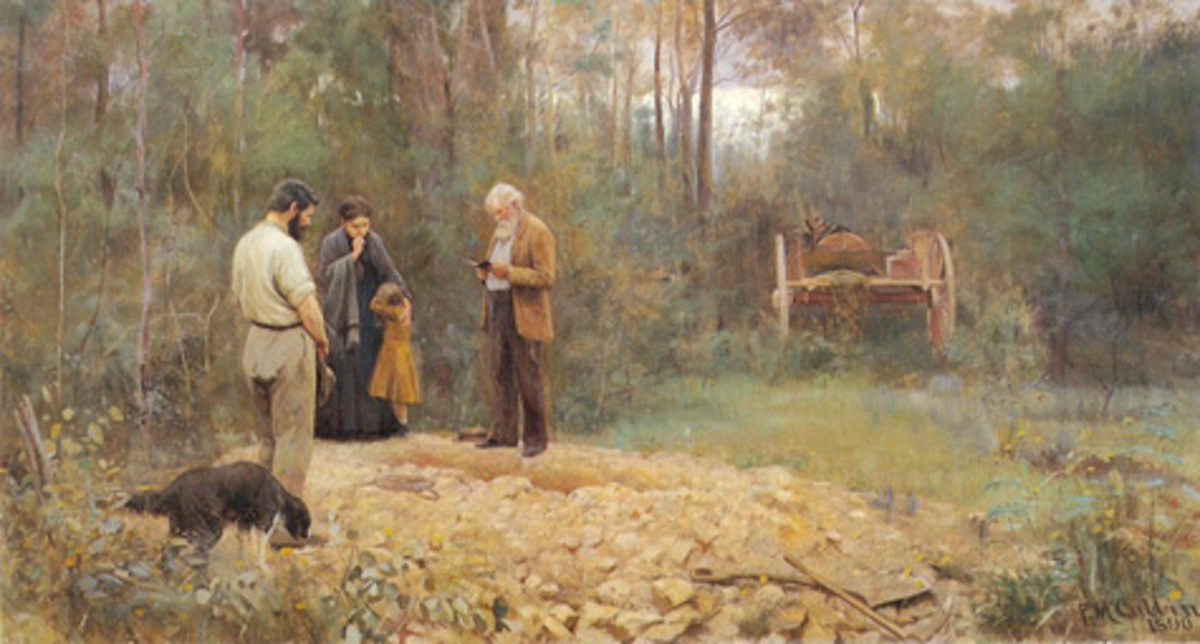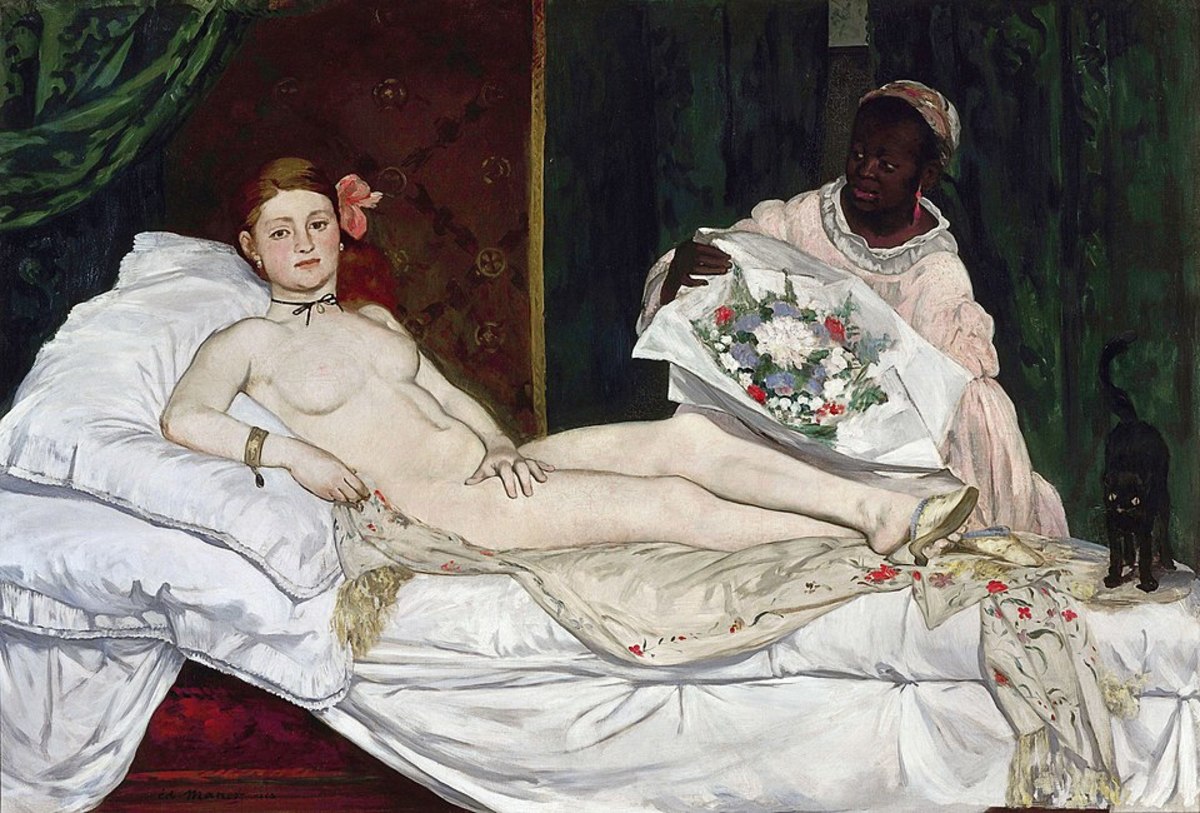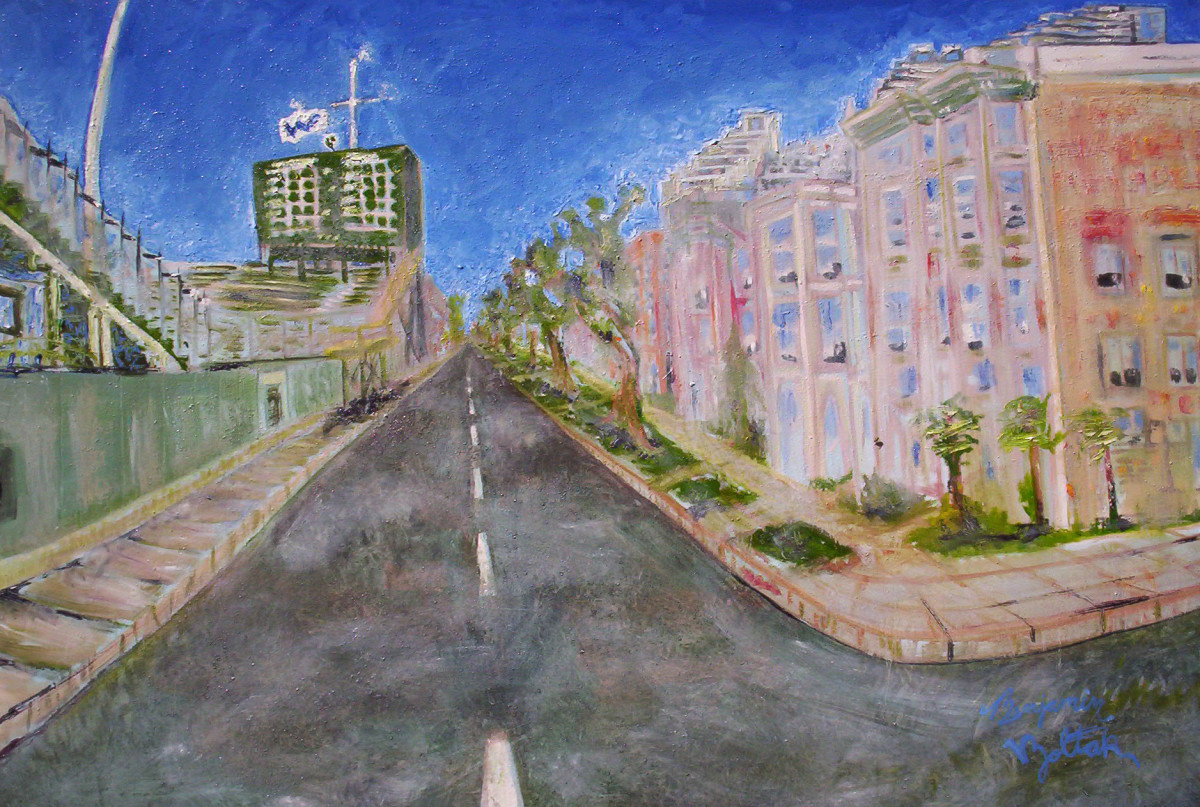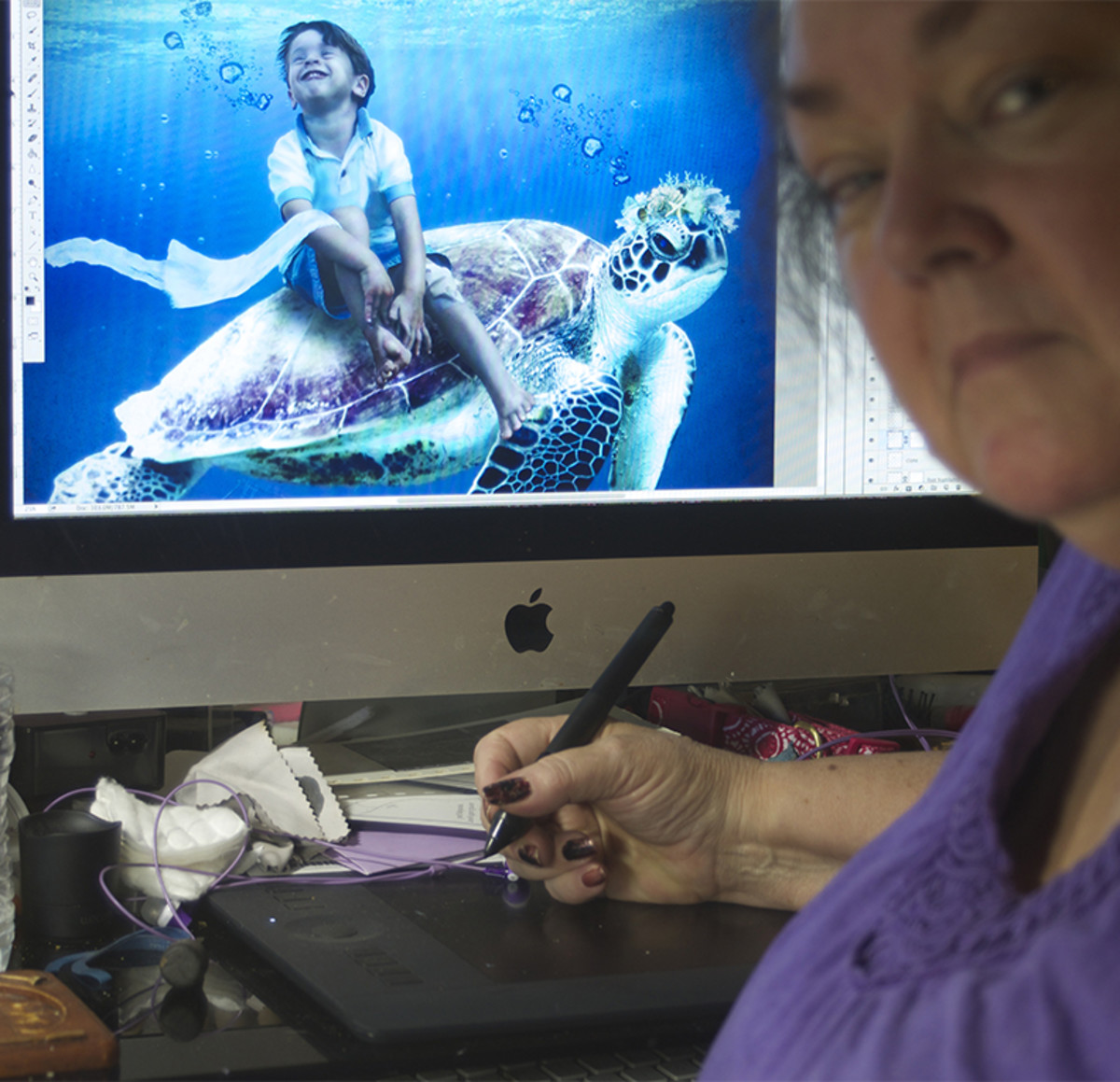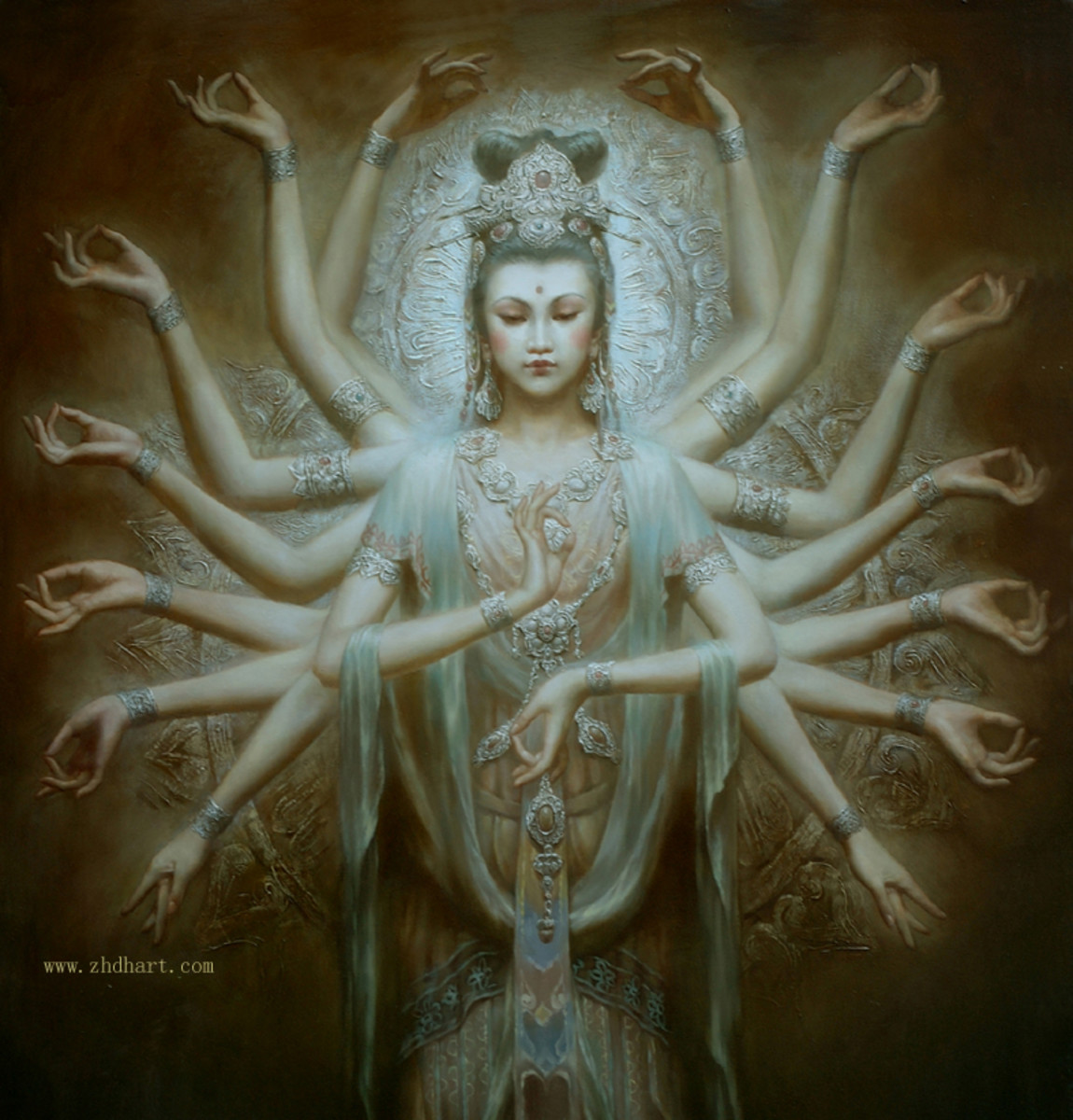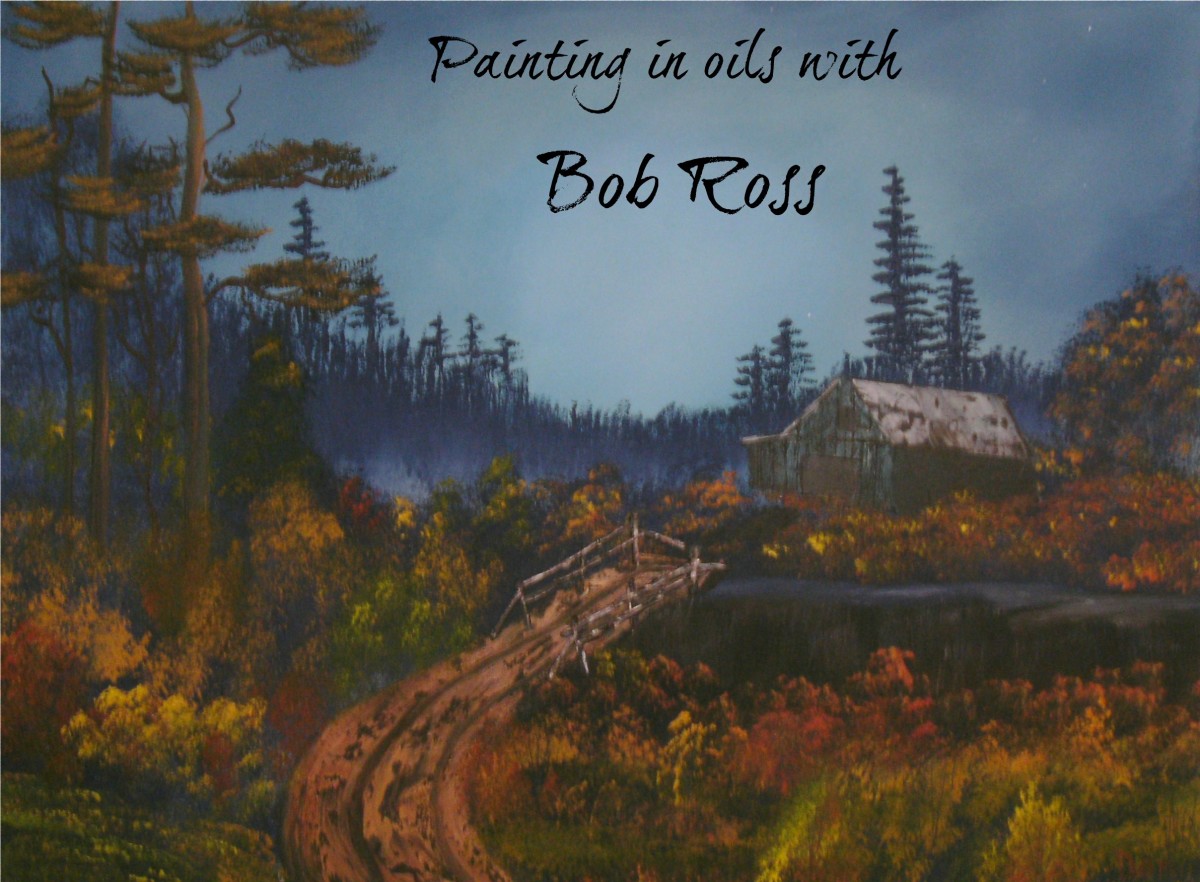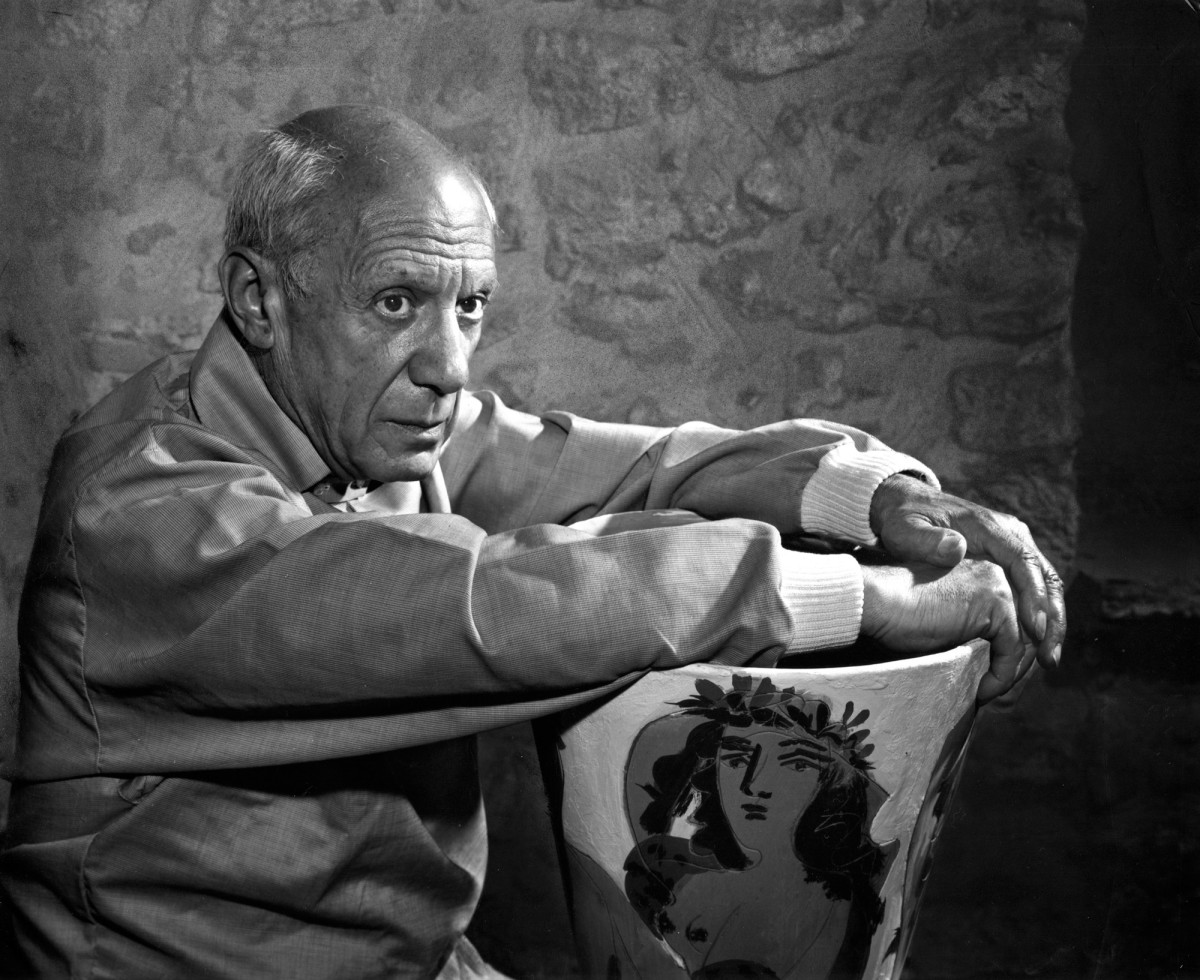Art Writing and Capanna
Mariel Capanna Beadwork, Schoolbus Teepee, Truck 2015

Art Writing and Capanna
Gross McCleaf Gallery (GMG), located at 127 South Sixteenth Street in Philadelphia, PA, represents local and national artists with a focus on Contemporary Art. For the past forty years, the gallery has upheld its mission of supporting emerging artists while simultaneously promoting mid-career artists through exhibitions in its two main galleries, artist talks, special events, and its vast inventory of works by represented artists. The gallery recently featured Mariel Capanna, an emerging contemporary painter, in its back gallery from January 4th through January 27th, 2017. The exhibition included twenty-three paintings that seemed to reference American life and travel through the skilled hands of a painter capable of capturing quaint environmental settings with an underlying specification of pattern, design and an element of mystery.
David Carrier discusses the importance of art writing in his 2003 text, Writing About Visual Art. He identifies that the analysis of art writing is significant because it allows us to “understand our art world.” In fact, he further specifies that art writing “defines, informs, and structures our experience of art.” In attempting to capture the meaning and content of Capanna’s recent exhibition at the GMG, I realized how challenging the actual writing about art can be. At first glance, Capanna’s recent work is instantaneously impressive. Not only is the work pleasing to look at, but the work is pleasing to the community. This young, emerging artist sold many, if not most, of the work in the back gallery. Personally, I was not able to attend the artist talk presented by Capanna. I am sure the talk would have clarified some of the questions a contemporary viewer might bring to the exhibition space. For instance, what is the work actually about? Beadwork, School Bus, Teepee, Truck, an oil on canvas 36.5 inches by 48.5 inches, in my opinion, steals the show. It reveals an expansive light-colored landscape, inclusive of all of the items named in the work’s title, plus some cars, clothing (without figures), clothed figures facing away from the viewer, and several animals that appear to be donkeys. The action is stagnant which raises questions to the purpose of the gathering. Are we going somewhere with the occupants in the picture plane or are we arriving someplace and staying for a while? All items depicted in the painting are isolated with an occasional pairing of persons and/or things. Then, a viewer can ask, is the painting really about a specific scene in an unknown contemporary setting, or is the work about isolationism and the solitary experience of the human in the contemporary world?
Carrier describes the significance of art writing in relationship to understanding art and the experience of art. In writing about Capanna’s recent exhibition at the GMG, I realized a few things that are absent from the content of my words. The artist’s own voice seems to be a missing component that would have shed light on the meaning of her work. Realizing that I missed an opportunity to hear her speak about the work seems to be an important piece of the puzzle that would have directly enlightened my writing. Additionally, in today’s contemporary art world, the artist’s own words might, in fact, be a necessary inclusion in the analysis of art. On the other hand, the paintings themselves allow question and thought from the viewer without an explanation from the artist. Perhaps, the work should stand alone, without undue description and analysis. However, Carrier points out that art writing is an important and relevant approach to understanding the art world. Ultimately, I agree, though I also believe that the artist must be included in this discussion to fully give credence to the efforts, content, and intention that he or she brings to the table. GMG attempts to bring this to the community by offering artist talks by the artists supported and promoted in their gallery spaces.
Rose Benson

